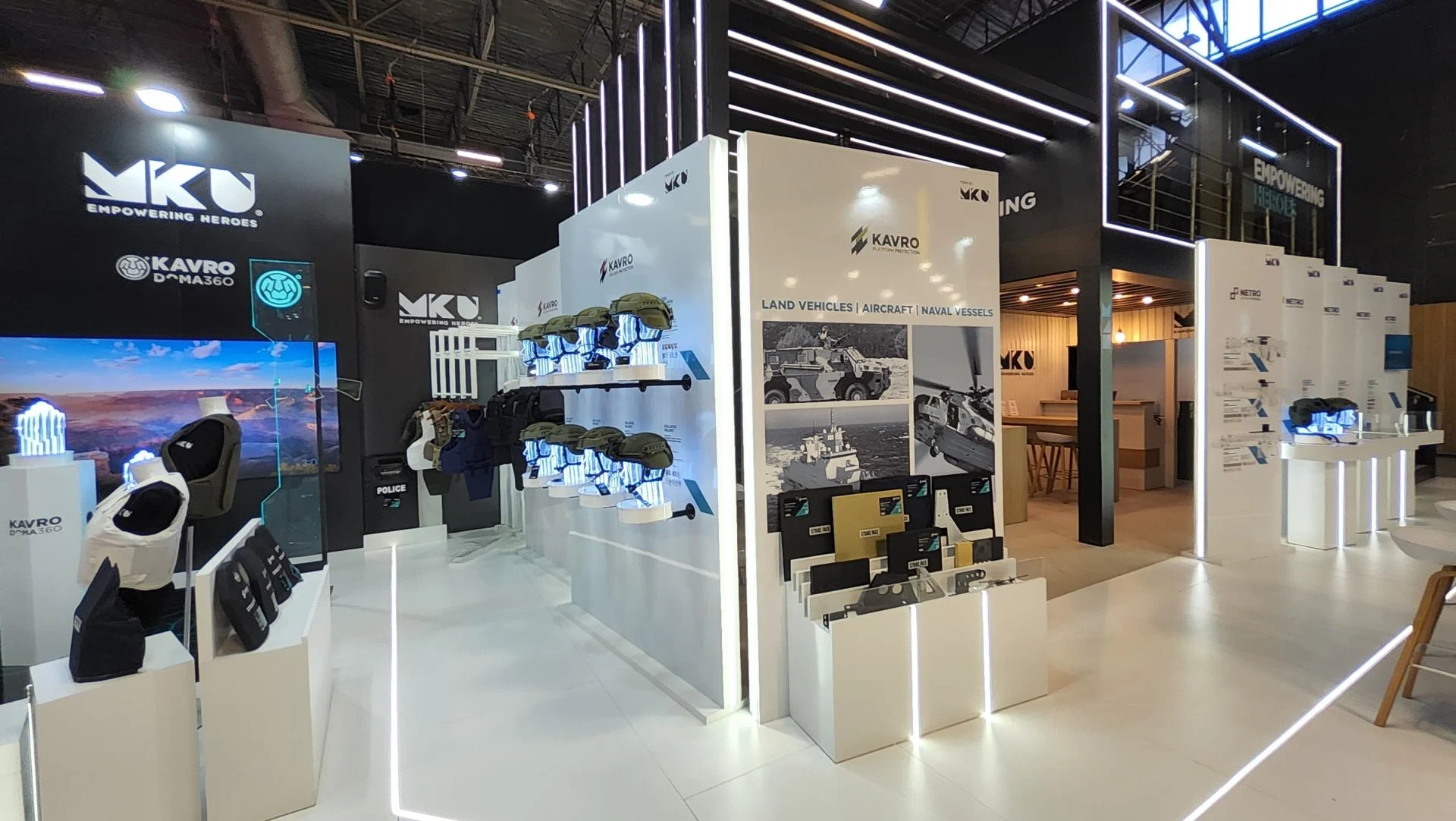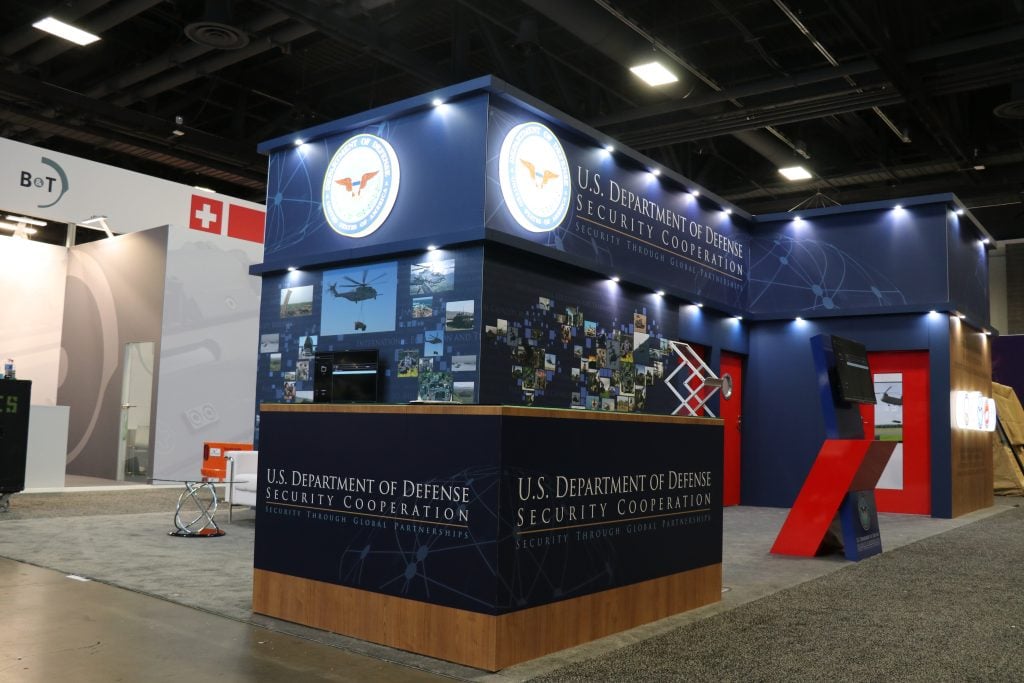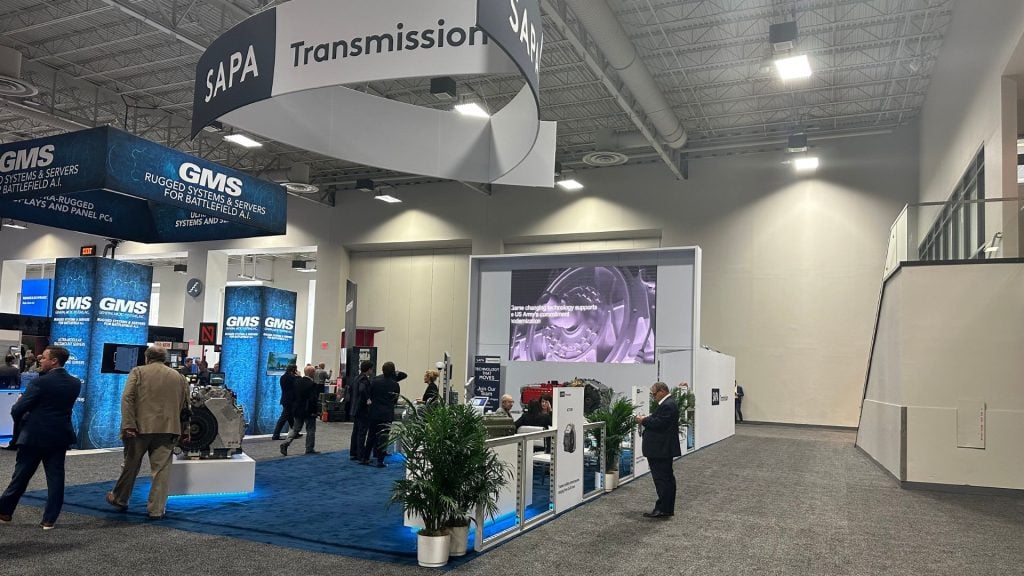
Introduction
Trade shows are a critical part of the marketing mix for many businesses. These events offer a platform to connect with potential clients, build brand recognition, and showcase products and services. However, over the years, the design and approach to trade show booths have evolved significantly, shifting from basic displays to immersive, experience-driven environments. In this blog, we’ll explore how trade show booth design has evolved, the latest trends, and why it’s crucial for businesses to stay ahead of the curve.
1. The Traditional Trade Show Booth: Simple, Static Displays
In the early days of trade shows, booths were essentially static displays—simple structures that showcased a brand’s products or services. These booths were often constructed with basic materials, like wood and banners, and typically featured simple tables, brochures, and product samples. The design was purely functional, with little emphasis on creativity or interactivity.
Exhibitors relied heavily on their products’ physical presence to attract attention, often hoping to catch the eyes of attendees as they walked by. This traditional booth model was effective to some extent, but it lacked the ability to truly engage attendees and create memorable experiences.
2. The Shift to Interactive Experiences
As trade shows became more competitive and the number of exhibitors increased, it became clear that simply showcasing products wasn’t enough to capture the attention of attendees. The shift toward interactive experiences marked a major turning point in trade show booth design.
Booths began to include touchscreens, interactive product demos, and virtual experiences that allowed attendees to engage with brands in new ways. For example, some exhibitors began incorporating VR (Virtual Reality) and AR (Augmented Reality) technologies to provide immersive product experiences, giving attendees a chance to interact with products in a digital space before making a purchasing decision.
This trend ushered in a new era of trade show design where booths became less about the product itself and more about creating memorable, interactive experiences that could leave a lasting impact on attendees.
3. Incorporating Technology: Digital Signage, Social Media, and Data Capture
In the digital age, technology has become a key component of trade show booth design. Digital signage is now widely used to capture attention, display product information, and promote brand messaging in visually striking ways. These screens can be customized to show dynamic content such as videos, presentations, and live social media feeds, making the booth feel more engaging and relevant to the modern attendee.
Another key area where technology plays a role is data capture. Many exhibitors now incorporate lead capture systems or RFID (Radio Frequency Identification) technology to collect attendee data in real-time. These systems can track booth interactions, provide instant follow-up information, and improve the lead generation process, making trade shows more efficient for both exhibitors and attendees.
Social media has also become an integral part of trade show booth design. Many booths now feature dedicated social media walls that display live posts from attendees, as well as hashtags or competitions that encourage participation. This engagement can be a powerful tool for expanding the booth’s reach and creating buzz during the event.
4. The Rise of Modular Booths: Flexibility and Reusability
Another significant trend in the evolution of trade show booth design is the rise of modular booths. Modular designs allow exhibitors to easily reconfigure booth elements to fit different spaces and events. These booths are often built from interchangeable components that can be used across multiple shows, making them a more cost-effective and sustainable solution in the long run.
Modular booths also offer flexibility in design, as exhibitors can update or change specific elements without having to rebuild an entirely new structure. This adaptability is especially beneficial for businesses that exhibit at multiple trade shows throughout the year, as it allows them to customize their booth to suit each event’s specific needs.
5. Sustainable Design: Eco-Friendly Materials and Practices
As sustainability becomes an increasingly important factor for both consumers and businesses, trade show booth design has also embraced eco-friendly materials and practices. Sustainable booths aim to reduce waste, use recyclable materials, and minimize the environmental impact of transportation and logistics.
For instance, some exhibitors are now opting for booths made from recycled materials, while others are using LED lighting to reduce energy consumption. There’s also a growing trend of using fabric graphics instead of paper or vinyl, as fabric can be easily reused and is more environmentally friendly.
Another way to promote sustainability is through the use of green technology, such as solar-powered booths or digital experiences that replace paper materials. By incorporating these sustainable practices, exhibitors not only reduce their environmental impact but also position themselves as eco-conscious brands, appealing to the growing number of environmentally aware consumers.
6. The Focus on Branding: Creating Memorable Experiences
While traditional trade show booths were often functional and straightforward, today’s booths are designed with a strong emphasis on branding and creating memorable experiences. Companies now recognize the importance of aligning their booth design with their brand identity, ensuring that every element of the booth reinforces their message.
Modern booth designs are often crafted to evoke emotions, tell stories, and create an immersive environment that reflects the brand’s values. Whether through bold visuals, interactive elements, or thoughtful use of space, exhibitors are increasingly focused on ensuring that their booth leaves a lasting impression on attendees.
Additionally, companies are using booths as an opportunity to reinforce their brand’s commitment to innovation. By incorporating the latest design trends, technologies, and interactive experiences, businesses can demonstrate their forward-thinking approach and stand out from the competition.
7. The Future of Trade Show Booth Design: What’s Next?
As technology continues to evolve, the future of trade show booth design holds even more exciting possibilities. We can expect to see even more immersive experiences driven by advancements in AR, VR, and AI. These technologies could allow attendees to experience products in completely new ways, from virtual product trials to interactive simulations that go beyond what is possible with traditional booth setups.
The integration of AI-powered personalization could also play a significant role in the future of trade show booths. By using data collected from attendees, exhibitors could tailor their booth experience in real-time, offering personalized product recommendations and content that aligns with each attendee’s interests.
Moreover, the continued rise of hybrid and virtual trade shows may influence the way booths are designed. Exhibitors may need to create experiences that work both in-person and online, further blurring the lines between physical and digital trade show experiences.
8. Conclusion: Embracing Innovation for Trade Show Success
Trade show booth design has come a long way from simple displays to the immersive, interactive experiences we see today. By embracing technology, sustainability, and creative branding, businesses can elevate their trade show presence and engage attendees in meaningful ways. As the industry continues to evolve, staying ahead of the latest trends and innovations will be crucial for companies looking to succeed in the competitive world of trade shows.
Ultimately, the most successful booths will be those that offer more than just a product display—they’ll provide an experience that leaves a lasting impression and builds a strong connection between the brand and the attendee.


 Global
Global Europe
Europe

